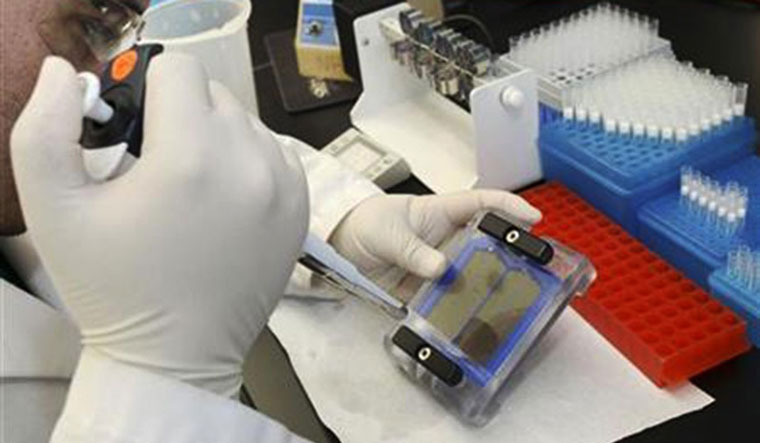One out of every three deaths in world due to rabies happens in India. With a 100 per cent mortality rate, and believed to be the world's deadliest vaccine-preventable disease, rabies however is yet to make it to India's priority list in the health sector. A coordinated and comprehensive national programme is non-existent in the country, even as the World Health Organisation (WHO) aims at "Zero Rabies Death by 2030".
The disease is considered more deadly than the much talked about Encephalitis and H1N1 except in Andaman & Nicobar and Lakshadweep Islands. According to National Health Profile data, there were 4,370 rabies deaths in India in 2016, which accounted for one in three of the world’s 13,340 rabies deaths.
Only six persons have survived rabies infection in India since 2010, with the first case of partial recovery documented in 2002. Globally, there are only 15 known survivors of rabies. The WHO roughly attributed 36 per cent of the world’s rabies deaths to India.
“The disease is more deadly and claims more lives than Swine flu. But lack of attention to its casualties and awareness of its prevention puts us into a dark zone in rabies control. The disease needs national attention and eradication plans like that of polio so that India can also match up with WHO's target of zero rabies deaths by 2030,” said Dr Sumit Poddar, general secretary, APCRI (Assocation for Prevention and Control of Rabies in India).
In a meeting with the officials of the National Rabies Control Program (NCRP), it was decided to draft a manual for doctors to sensitise about this disease in more inclusive manner, Poddar told THE WEEK.
Lack of awareness apart, one of the major issues which ail the war against rabies is persistent vaccine shortage reported across the country, especially from states like Jharkhand, Andhra Pradesh, Madhya Pradesh, West Bengal, Maharashtra, Arunachal Pradesh and Manipur. According to a recent survey conducted by researchers at Bengaluru’s Kempegowda Institute of Medical Sciences, the facilities available in most anti-rabies clinics in India are not at all adequate. The survey, which assesses the quality of treatment provided to people bitten by dogs, monkeys and other animals, also reveals that there is an acute shortage of anti-rabies vaccines (ARVs) in India.
The WHO-supported survey, titled ‘Facilities and Services of Post-exposure Prophylaxis in Anti-rabies Clinics: A National Assessment in India’, found ARVs were out of stock in 20 per cent of the clinics. The report also claimed that local wound infiltration of immunoglobulin was found to be in practice at less than 60 per cent facilities. In what comes across as a ray of hope in dealing with ongoing and potential shortages of anti-rabies vaccines, the Rabipur vaccine has been relaunched under the name Chirorab by Chiron Behring.
Dr Krishna Ella, Chiron Behring chairman and managing director, said: “We plan to increase the capacity of the plant to 15 million dosages annually as India is reported to face vaccine shortages. ChiroRab is a purified chick embryo cell anti-rabies vaccine. It has been evaluated in over 25 controlled clinical trials in various countries and in more than 7,000 subjects, Ella added.
While Ella stressed on WHO recommendations of three doses of vaccine instead of five, APCRI general secretary Dr Poddar said at least for doses are must in case of dog bite in India though India has not accepted yet the WHO recommendations. "As far as efficacy is concerned two doses with a gap of 0-3 (three days) needs to be repeated if dog bite occurs again after three months", Poddar adds.



